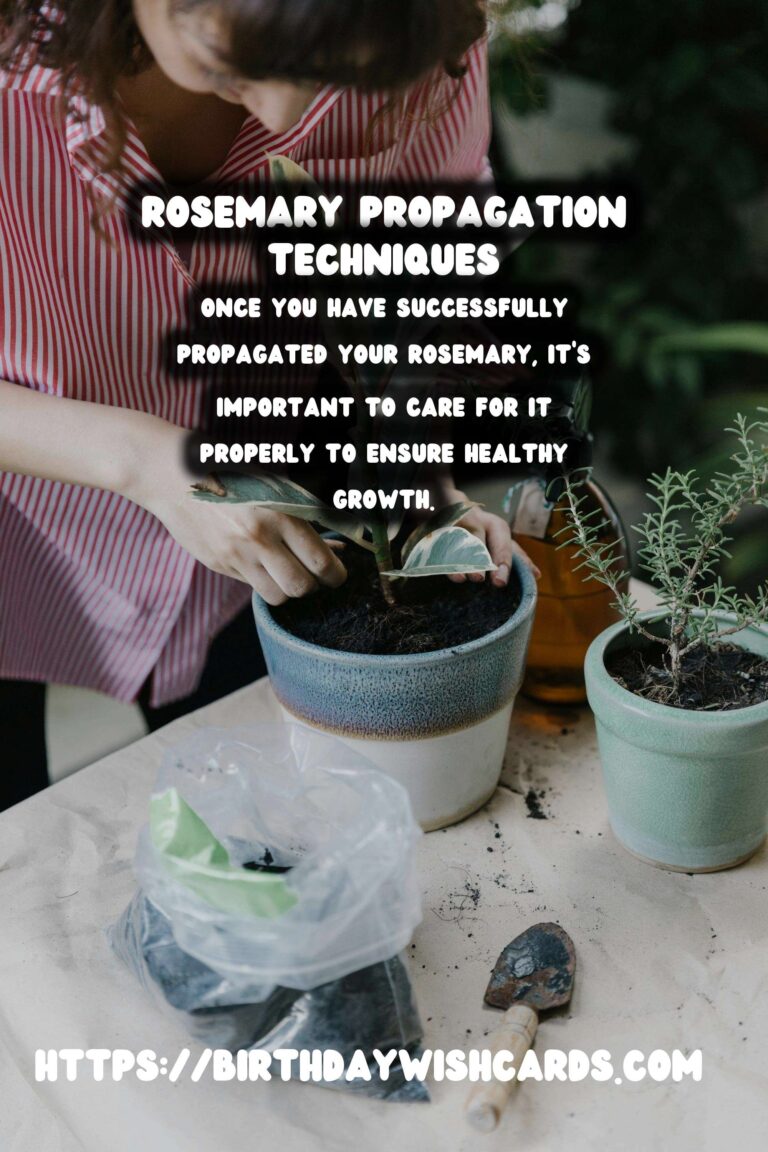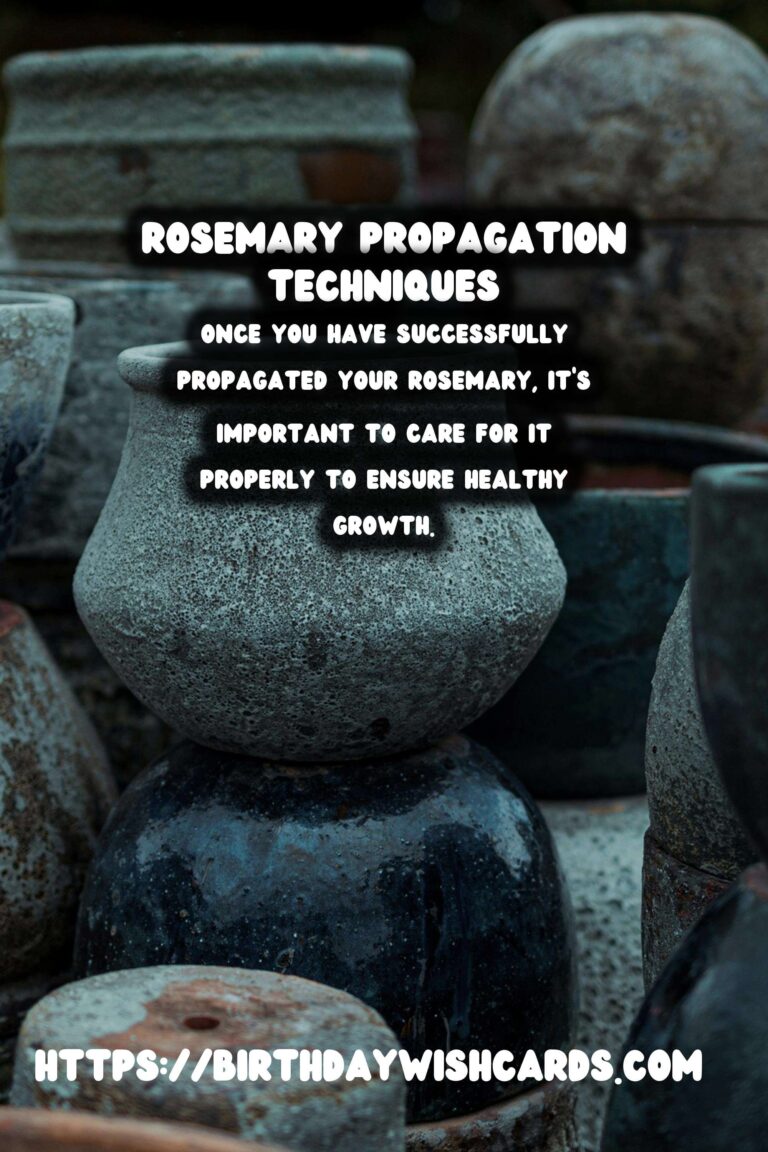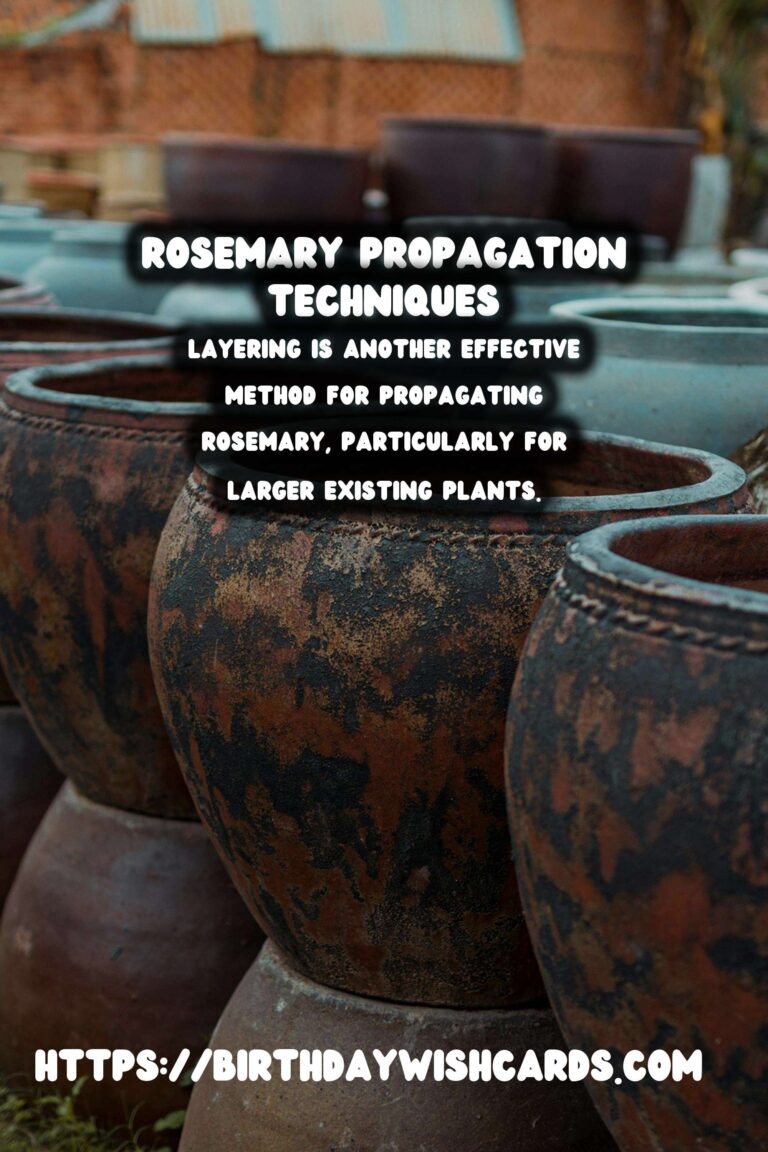
Rosemary is a popular herb known for its aromatic fragrance and culinary versatility. Whether you’re a seasoned gardener or a novice, propagating rosemary is a rewarding experience that allows you to expand your herb garden with minimal effort and cost. In this guide, we’ll walk you through the simple steps to successfully propagate rosemary and enjoy its many benefits.
Understanding Rosemary: A Brief Overview
Rosemary (Rosmarinus officinalis) is a perennial herb native to the Mediterranean region. It belongs to the mint family, Lamiaceae, and is prized for its needle-like leaves and woody aroma. Rosemary thrives in well-drained soil and sunny locations, making it a perfect addition to any herb garden.
Why Propagate Rosemary?
Propagating rosemary offers several benefits. Firstly, it allows you to expand your existing rosemary plants without purchasing new ones. Secondly, propagated rosemary plants are often hardier and better adapted to your local environment. Finally, growing your own rosemary ensures a fresh supply of this versatile herb for culinary and medicinal uses.
Methods of Propagating Rosemary
1. Propagation by Cuttings
One of the most popular methods of propagating rosemary is through cuttings. This method involves taking a cutting from an existing plant and encouraging it to root and grow into a new plant.
Steps:
- Select a healthy rosemary plant and choose a non-flowering stem that’s about 4-6 inches long.
- Using sharp, sterilized scissors, cut the stem just below a leaf node.
- Remove the leaves from the bottom two inches of the cutting.
- Dip the cut end in rooting hormone powder to promote root growth.
- Plant the cutting in a pot filled with well-draining soil or a mix of sand and peat moss.
- Water the cutting lightly and cover it with a plastic bag to create a humid environment.
- Place the pot in a warm, sunny location but out of direct sunlight.
- Roots should develop in 4-6 weeks. Once established, transplant the new plant into a larger pot or directly into the garden.
2. Propagation by Layering
Layering is another effective method for propagating rosemary, particularly for larger existing plants.
Steps:
- Select a low-growing branch of the rosemary plant that can be bent to the ground.
- Remove the leaves from a 3-4 inch section of the branch.
- Make a small wound on the underside of the branch to encourage rooting.
- Bury the wounded section in the soil, leaving the growing tip exposed.
- Secure the buried section with a U-shaped pin or rock.
- Water the area regularly to keep the soil moist.
- Once roots have developed, which may take several months, cut the new plant from the parent plant and transplant it.
Caring for Propagated Rosemary Plants
Once you have successfully propagated your rosemary, it’s important to care for it properly to ensure healthy growth.
- Watering: Rosemary prefers well-drained soil and should be watered sparingly. Overwatering can lead to root rot.
- Sunlight: Place your rosemary plants in a location that receives at least 6-8 hours of sunlight daily.
- Pruning: Regular pruning encourages bushier growth and prevents the plant from becoming leggy.
- Fertilization: Use a balanced, slow-release fertilizer during the growing season to support growth.
Conclusion
Propagating rosemary is a simple and cost-effective way to enhance your herb garden. With a little patience and care, you can grow healthy rosemary plants that will provide you with fresh herbs for years to come. Whether you choose to propagate by cuttings or layering, following these steps will help you succeed in cultivating this aromatic herb.
Rosemary is a popular herb known for its aromatic fragrance and culinary versatility. Propagating rosemary is a rewarding experience that allows you to expand your herb garden with minimal effort and cost. Propagating rosemary offers several benefits, including expanding your existing plants and ensuring a fresh supply of the herb. One of the most popular methods of propagating rosemary is through cuttings. Layering is another effective method for propagating rosemary, particularly for larger existing plants. Once you have successfully propagated your rosemary, it’s important to care for it properly to ensure healthy growth. 









#RosemaryPropagation #HerbGarden #GardeningTips #HomeGardening




